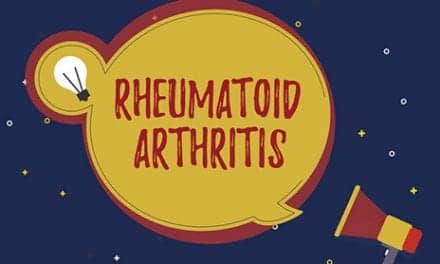New research published in The FASEB Journal reveals that men may benefit from interval training more than women. The results of the study show that men create more new proteins as a result of this exercise than women do, though both groups experienced similar increased in aerobic capacity. Benjamin F. Miller, PhD, author of the study, and a research team analyzed young, healthy, and recreationally active males and females who completed sprint interval training on a stationary bike for short periods of time three times a week for 3 weeks.
Aerobic capacity for each gender was measured before and after the study. The participants in the study carried on with normal activities outside of the study. In addition, over the course of the exercise training, the research team measured how many new proteins were made as well as what kinds of proteins were made in muscle. The making of muscle proteins was measured using metabolic tracers, which determined the new cumulative amount of protein over the entire period.
A news report from Science Daily notes that the study is the first to directly measure the creation of proteins made to adapt to this type of exercise. Also, the study used methods that measure the cumulative making of proteins during the 3 weeks to account for other daily living factors to ensure that the study was a measure of real life conditions. The Science Daily report does note, whoever, that the study does not extend to other types of exercise, such as running, where women may benefit equally or more than men.
Miller states, “It is hoped that future studies distinguishing differences in responsiveness between sexes, age groups or disease conditions could lead to better tailored exercise prescription for health benefits.”
Gerald Weissmann, MD, editor-in-chief of The FASEB Journal, says, “Just as we move into an era of personalized medicine, this report helps pave the way to personalized fitness. In fact, the two are really part of the same health spectrum: medicine is usually fixes problems, and fitness usually prevents them.”
Sources: The FASEB Journal, Science Daily





